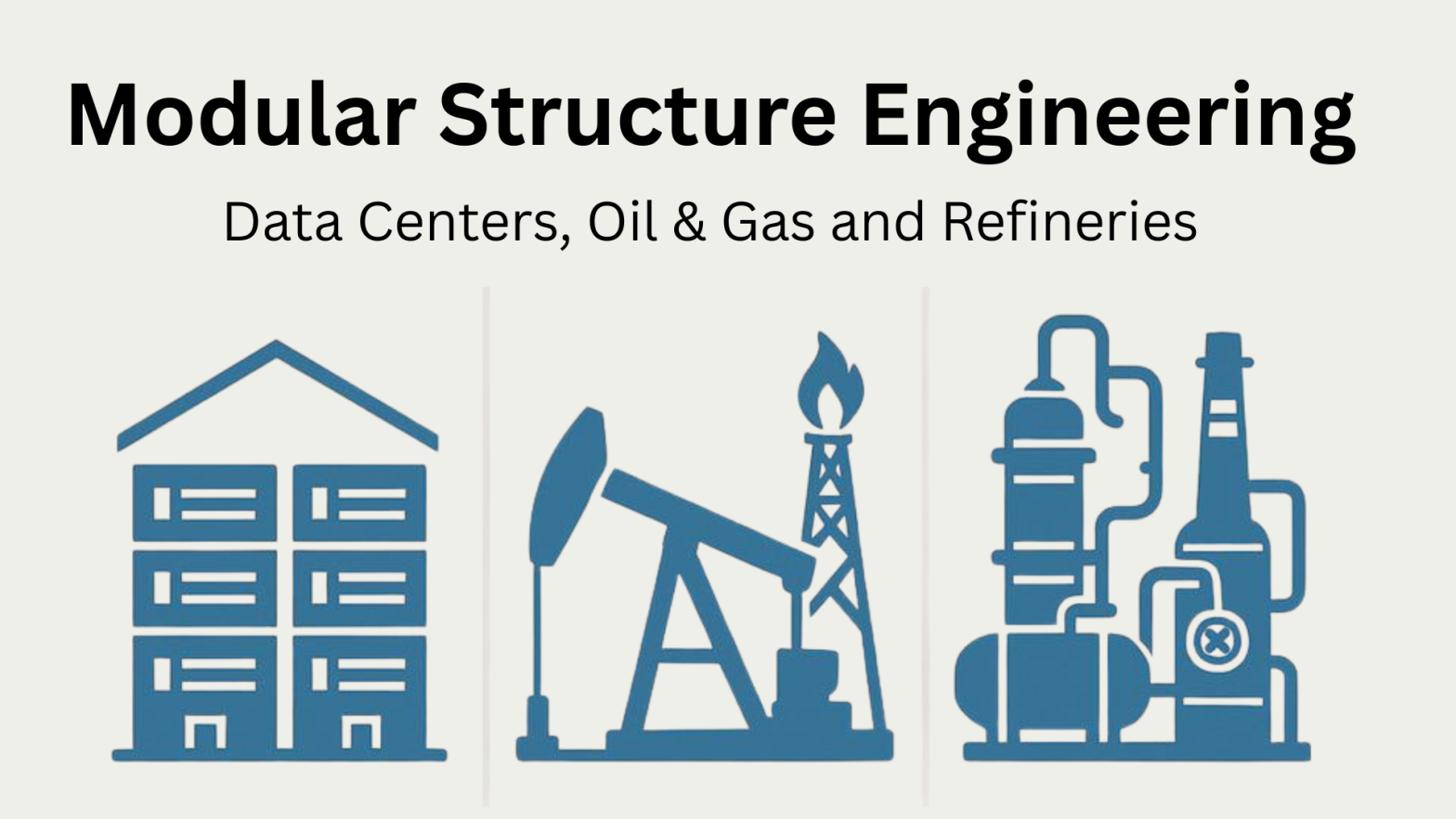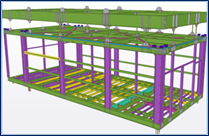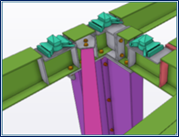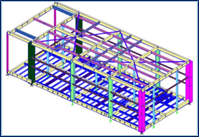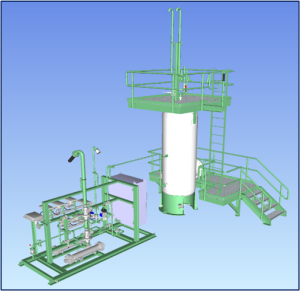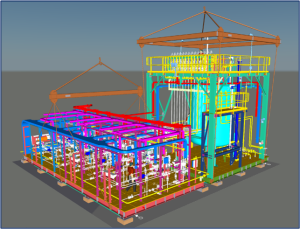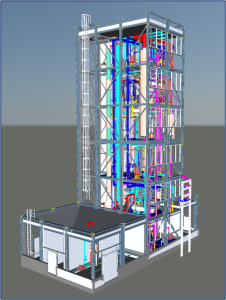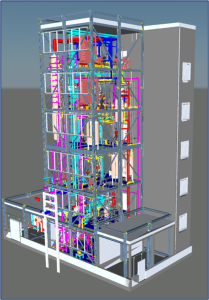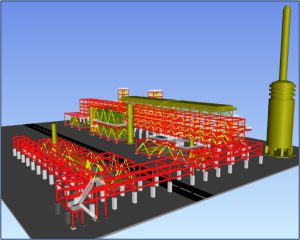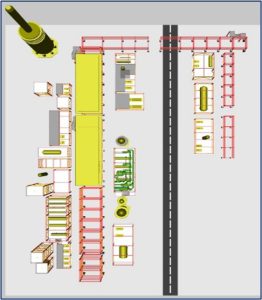Modular Structure Engineering in Data Centers, Oil & Gas, and Refinery Projects
Introduction
Modular structure engineering has become a critical methodology in industrial and process-based projects, offering faster project delivery, improved efficiency, and consistent quality. It is widely applied in data centers, oil & gas facilities, and refinery projects, where structural integrity, operational efficiency, and compliance with industry standards are essential.
1. Data Centers – Modular Structure Engineering
Modular structures represent a new-age approach, offering advantages such as optimized space utilization, structural robustness, faster project delivery, and consistent quality. All equipment, along with the supporting structure, is installed simultaneously, resulting in significant time and cost savings.
The modular, stackable configuration provides flexibility for phased deployment and scalability, aligning with modern data center infrastructure strategies. The design methodology employs linear static analysis to ensure structural stability and safety. A comprehensive analysis was conducted using STAAD Connect, and all structural components were verified to comply with relevant Eurocodes and standards, ensuring long-term reliability throughout the building’s lifecycle.
The modular structure is categorized as CC3, with ULS load combinations increased by 10% according to EN 1990-1-7 guidelines. Transportation analysis was carried out considering road dimensions, turning radii, trailer movement, and the weight of integrated equipment.
A unique twist-lock philosophy has been adopted to interlock modules vertically. The design incorporates intermodular connectivity to ensure structural integrity and continuity, specifically mitigating corner moments along both major and minor axes.
2. Modular Skid – Multidisciplinary Skid Engineering Project in Oil & Gas and Refinery
This project involved modular design and detailed engineering for multidisciplinary skid systems, encompassing road and sea transportation considerations. The scope included procurement support, preparation of fabrication drawings, and coordination for integration of mechanical, structural, and process components.
The modular approach ensures efficient off-site fabrication, safe transportation, and rapid on-site assembly, while maintaining compliance with relevant standards and optimizing project timelines and cost efficiency.
3. Fractionation Column – Ethanol Storage and Distillation Plant
The project focused on bioprocess plant engineering, utilizing proprietary technology for the production of bio-commodities such as ethanol, starch sugars, yeast, vinegar, and organic acids.
The scope included detailed design, structural and process integration, and fabrication support, ensuring compliance with applicable standards and optimizing efficiency, operational reliability, and safety throughout the plant lifecycle.
4. Multidisciplinary Modular Engineering – SDA Unit
The project involved multidisciplinary modular engineering for a Supercritical Solvent De-Asphalting (SDA) unit, forming part of a Residue Upgrading and Clean Fuels Project at a refinery. The project comprised 37 modules, requiring precise alignment of structural, mechanical, and process systems.
This modular approach facilitated efficient off-site fabrication, streamlined transportation, and rapid on-site assembly, while ensuring compliance with refinery standards and operational safety requirements.
Conclusion:
Modular structure engineering is transforming industrial construction across data centers, oil & gas, and refinery projects. By integrating precision engineering, standardized modules, and controlled fabrication, project teams can achieve faster delivery, enhanced safety, and cost-effective outcomes, while ensuring long-term structural integrity and compliance with industry regulations.
By Dr. Ravindra Joshi ( Director : Plant Engineering )
“Learn more about Pan Gulf Technologies Limited Plant Engineering Services”

